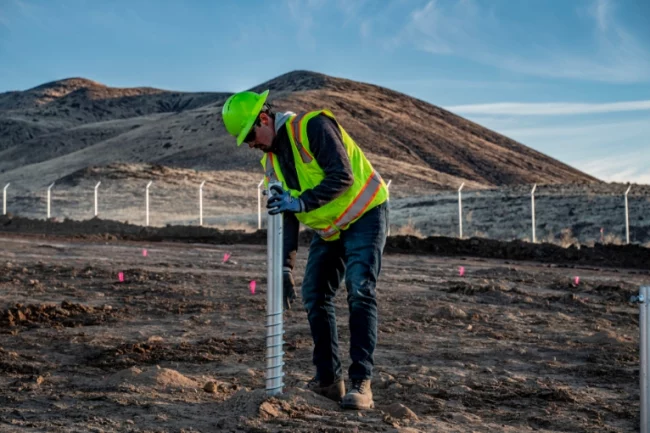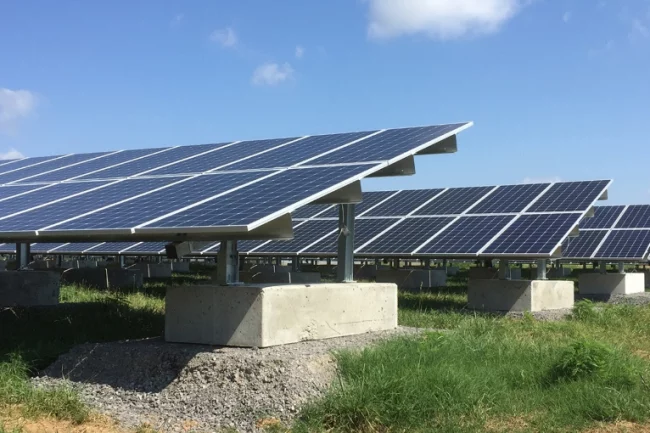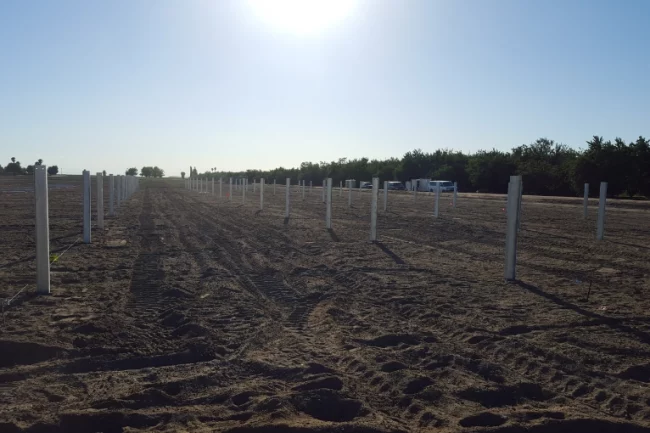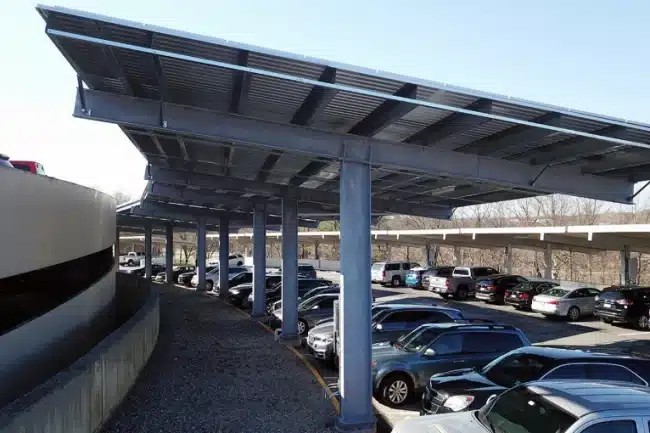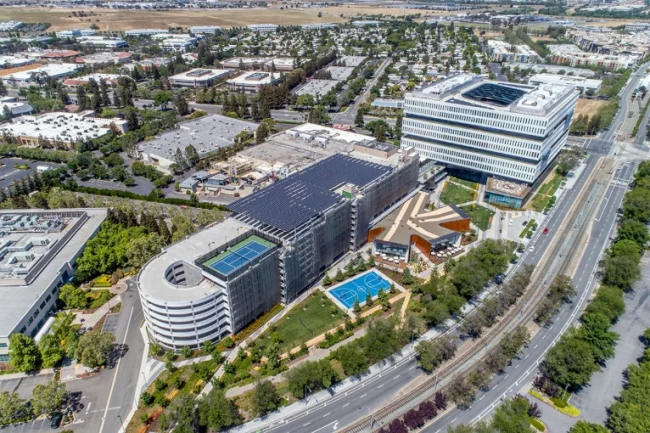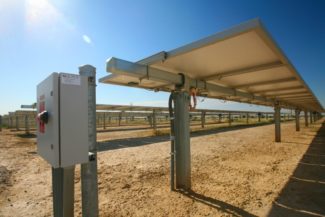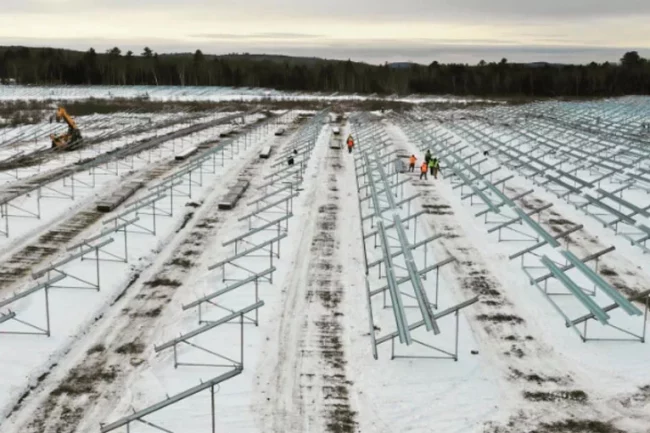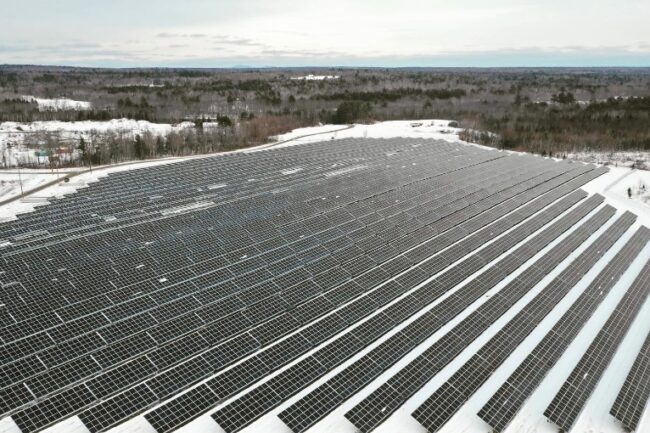Solar trackers have seen exponential growth in the last decade, overtaking fixed-tilt systems in most markets. The benefits are obvious: trackers can generate more electricity (up to 35% more when paired with bifacial modules), which translates to increased production, a lower levelized cost of energy, and a higher income for your solar plant. Trackers are also optimized for land usage since they take up almost the same amount of space as fixed-tilt systems but produce more power.
With engineering improvements and better installation techniques making trackers more robust and adaptable, the next stage in tracker evolution will center around controls and software. For developers and asset owners, it is essential to leverage the right tracker software to boost energy production, optimize tracker performance, and protect your assets from extreme weather.
But what constitutes the ‘right’ tracker software? What are the features to look out for, and which are best suited for your site? Here are a few key considerations:
- Does the tracker software come with advanced machine learning capabilities that work to increase energy production?
Trackers are dynamic systems, so the software that powers it needs to be adaptable to changes. An intelligent tracker software should have adaptive machine learning that can crunch current and historical data; using it to predict where rows should be at different times of the day, then optimizing module positions accordingly for them to gain maximum sunlight exposure. Machine learning should also tell when a row isn’t tracking on its normal path, alerting you quickly of any issues, while backtracking algorithms can determine when a row is shading from east to west, and position panels to avoid shading adjacent rows.
- Are you able to monitor your assets in real-time?
Rather than wait for issues to surface, real-time monitoring arms you with knowledge on how your sites are always performing. This ensures you’re immediately alerted to problems once they arise and can rectify them before they affect site performance. A well-designed software should have a simple dashboard and features such as a project map to provide you with a quick overview of your sites across multiple devices.
- Does your tracker software come with a smart weather API?
Most tracker systems have weather stations on-site that are equipped with sensors, which command sites to stow whenever wind and snow thresholds are crossed. Instead of waiting for bad weather to wreak havoc on your sites, look out for software that is integrated with smart weather API that can proactively stow sites in anticipation of bad weather events, reducing the risk of asset damage.
- Can you access sites remotely for easy troubleshooting?
Back in the day, an error in the system would mean deploying a truck on site, translating to a lengthy time to diagnose an issue and loss in productivity. The right tracker software solution should provide the ability to not only monitor assets in real-time, but also diagnose issues remotely via a simple-to-use interface. Look for tracker software where data is stored in the cloud, so you can easily access historical data and run predictive analytics to identify potential issues.
- Can the software be updated over time to include new features and improved functionality?
Tracker software will continue to innovate, offering new functionality that will boost productivity and make sites more efficient. Good tracker software allows for sites to receive new and improved features seamlessly, without having a person on site—ensuring they evolve as the technology does.
- Are the controls proprietary?
There are tracker solution providers that outsource their software development to third parties, white labeling them as their own. Issues arise when you need bug fixes or new functionality updated, as they will not be able to do so quickly or efficiently. Always opt for solution providers that build their own software, as they will have dedicated firmware teams that can pivot quickly to fix bugs and perform updates and changes—without the need to go through a third party.
For your tracker project to be successful and provide you with better return on investment, it is crucial to have the right tracker solution, one that combines robust hardware with intelligent software seamlessly to increase energy production and protect your assets in inclement weather.
For an in-depth look at the key features your smart tracker software should have, how the technology works, and the ways you can leverage its benefits, download our e-book. Or learn more about Terrasmart’s intelligent tracker technology, PeakYield™, and how we can help you scale new heights in energy production.

